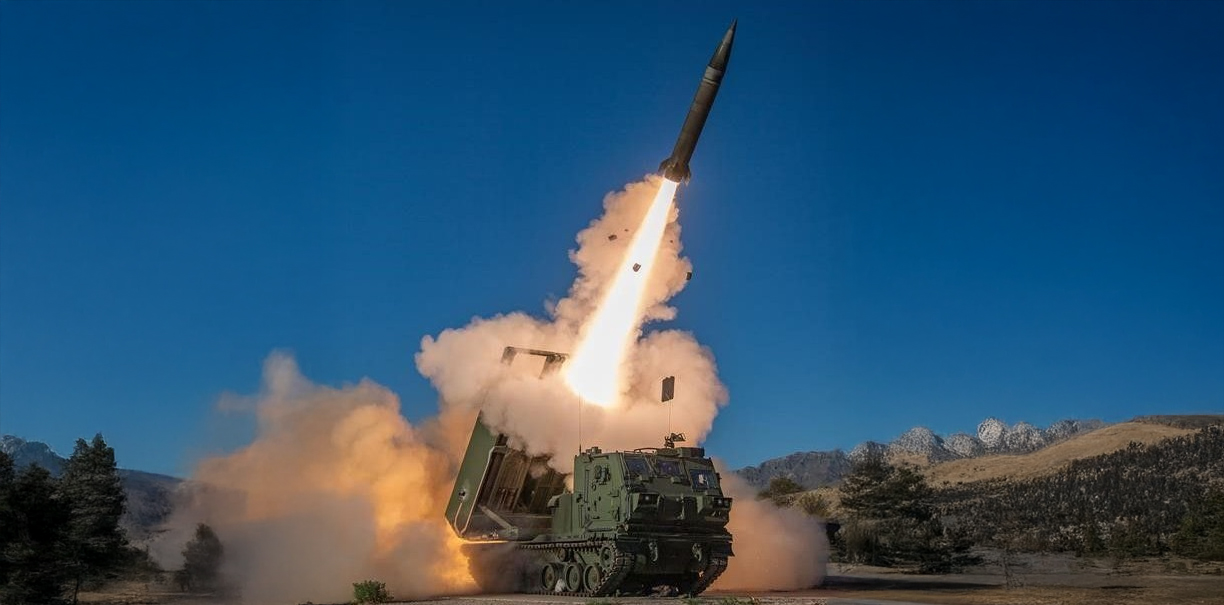
The UK MoD has launched Project NIGHTFALL, an ambitious plan for an affordable tactical ballistic missile with a range exceeding 600 km and a required payload of 300 kg.
2 or more of the new missiles must launch from a single ground vehicle and ensure some “basic” manoeuvrability while on a ballistic trajectory to a pre-programmed target 600 or more Km away.
The effector must be able to navigate in a GPS denied environment and strike within 5m of a provided GPS co-ordinate 50% of the time. Flight time to target must not exceed 10 minutes, and preparation for launch should also be rapid, with the launcher vehicle spending no more than 20 minutes on the halt to prepare, launch and leave again.
The most ambitious requirement is probably price: the Effector must cost no more than half a million pounds per unit once production starts: the price does not include the launcher, non-recurring development costs and the payload / warhead.
This separation between the ballistic vector and the payload is both a challenge an opportunity: the fact that payload and fuzing is expected to be Government Furnished opens the way to modular solutions that could lead to the integration of multiple different payloads over time.
The MOD would also like a fast programme development: it is officially looking “for technologies that can be packaged within 9-12 months to provide at least 5 all-up units for trials”. While this ambitious target could easily end up being missed, it incentivizes industry to come up with mature offerings.
If the demonstration proves successful, the MOD wants manufacturing to be scalable to a production rate of “minimum” 10 rounds per month, with room for further acceleration over time.
Crucially, “the design should minimise and ideally be free from foreign government trade and usage restrictions, such as export control”. The design should be upgradable over time, accommodating increasing in range, accuracy and flight manoeuvrability.
The ambitions of this project fit perfectly into the overall Royal Artillery’s vision for its Land Deep Fires project, even though it is not clear if it will meet the “One launcher, many payloads” part of it: the one launcher is M270A2, which would make sense as launcher for NIGHTFALL but might present integration / sovereignty problems. A separate launcher might end up being needed to maintain the ITAR free nature of NIGHTFALL and avoid integration complications.
It is also not clear at this stage if a NIGHTFALL project would directly threaten long-standing plans to acquire the US Precision Strike Missile (PrSM) for M270A2. PrSM is multiple times more expensive than NIGHTFALL’s desired unit price but, especially in future Increments, will offer more refined performances.
This new project follows the earlier, and still ongoing, BRAKESTOP, also for a strike solution with a 600 km range and a payload equivalent roughly to a 500 lbs bomb. BRAKESTOP was a very open call originally, which allowed industry to propose ballistic solutions if they wanted, but seems to have quickly crystallized around one-way drone solutions. According to Ben Moores, procurement advisor to the Secretary of State for Defence, a total of 13 entries were made against the BRAKESTOP requirement and 5 are now progressing into firing trials.
BRAKESTOP ended up developing more slowly than originally hoped, mainly because suitable propulsion solutions proved to be in short supply, leading to the launch of a parallel project to address that specific issue: CALLISTO wants to ensure availability of low-cost, 1.2-2kN propulsion systems.
As a consequence, selection of a BRAKESTOP solution slipped into 2026 when the original hope had been to start producing in the last months of this year, but the returns from industry have been seen as positive enough to encourage this new ambitious call.








.png)
